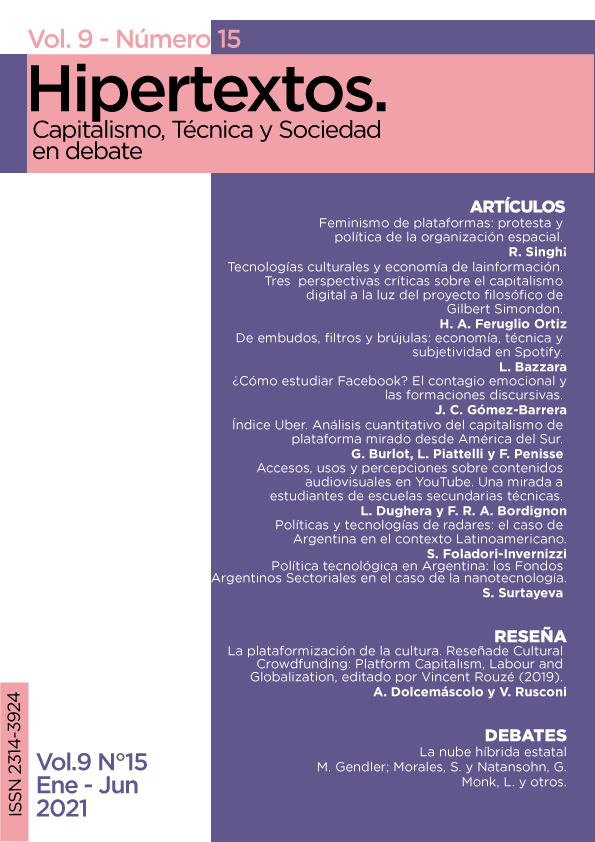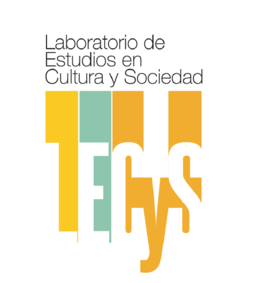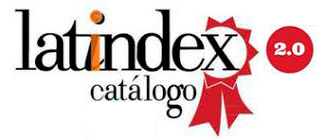Como estudar o Facebook?
O contágio emocional e as formações discursivas
DOI:
https://doi.org/10.24215/23143924e029Palavras-chave:
Facebook, formações discursivas, contágio emocional, arqueologia do saber, redes sociaisResumo
Por se tratar de um fenômeno relativamente novo e em rápida mutação, é necessário producir ferramentas metodológicas e formas de entender as redes sociais. Nesse sentido, este artigo mostra como a noção teórico-metodológica de formações discursivas pode ser utilizada para analisar as redes sociais, no caso, um modo de atuação do Facebook. Essa noção, relacionada à arqueologia do saber, permite compreender as redes sociais como resultados de convergências discursivas e enunciativas. Essa contribuição teórico-metodológica é exemplificada pelo caso do contágio emocional e sua convergência com o Facebook.
Referências
Bakshy, Messing y Adamic (2015). Exposure to ideologically diverse news and opinion on Facebook. Science. Vol. 348. Pp. 1130-1132. DOI: 10.1126/science.aaa1160
Christakis N. y Fowler J. (2007). The spread of obesity in a large social network over 32 years. N Engl JMed 2007; 357:370-9.
Christakis N. y Fowler J. (2008). The collective dynamics of smoking in a large social network. N Engl JMed 2008; 358:2249-58.
Correa, J. C., García-Chitiva, M. D. P., & García-Vargas, G. R. (2018). A text mining approach to the text difficulty of Latin American peace agreement. Revista Latinoamericana de Psicología, 50(1), 61-70.
El Espectador, (06 oct. 2016), “La cuestionable estrategia de campaña del No”. El Espectador. https://www.elespectador.com/noticias/politica/cuestionable-estrategia-de-campana-del-no-articulo-658862
Foucault, M. (2011). La arqueología del saber. Buenos Aires: Siglo Veintiuno Editores.
Fowler, J. y Christakis, N. (2008a). Estimating peer effects on health in social networks. J Health Econ ; 27:1400-5.
Fowler, J. y Christakis, N. (2008b). Dynamic spread of happiness in a large social network: longitudinal analysis over 20 years in the Framingham Heart Study. BMJ. Doi: 10.1136/bmj.a.2338
Hatfield, Cacioppo y Rapson (1993). Emotional contagion. Curr Dir Psychol Sci 2(3): 96–100.
Hatfield, Cacioppo y Rapson (1994). Emotional contagion. NewYork: Cambridge University Press, 1994.
Hendricks, J. A. & Denton, R. (2010). Political campaigns and communicating with the electorate in the Twenty-First Century. En J. A. Hendricks & R. Denton (Eds.), Communicator-in-chief: How Barack Obama used new media technology to win the White House (pp. 1-18). Lanham: Lexington Books.
Kossinets G, Watts DJ. (2006). Empirical analysis of an evolving social network. Science; 311. pp. 88-90.
Kraft y Donovan (2020). Disinformation by Design: The Use of Evidence Collages and Platform Filtering in a Media Manipulation Campaign. Political Communication, 37. Pp. 194-214
Kramer, AD., Guillory J.E. y Hancock, J. (2014). Experimental evidence of massive-scale emotional contagion through social networks. PNAS (111-24).
Newman, M, (2003). The structure and function of complex networks. SIAM Rev Soc Ind Appl Math 2003; 45:167-256.
Nowak, M. y Sigmund, K. (2005). Evolution of indirect reciprocity. Nature; 437. Pp. 1291-8.
Papa A. y Bonanno, G. (2008). Smiling in the face of adversity: the interpersonal and intrapersonal functions of smiling. Emotion 2008;1:1-12.
Rader, G. (2015). Understanding User Beliefs About Algorithmic Curation in the Facebook News Feed. https://doi.org/10.1145/2702123.2702174
Rosenquist, Christakis y Fowler (2011). Social Network determinants of depression. Molecular Psychiatry. 16. Pág. 273-281.
Simondon, G. (2007). El modo de existencia de los objetos técnicos. Buenos Aires: Prometeo.
Steinert, S. (2020). Corona and value change. The role of social media and emotional contagion. Ethics and Information Technology. https://doi.org/10.1007/s10676-020-09545-z
Sun, E., Rosenn, I., Marlow, C. y Lento, T. (2009). Gesundheit! Modeling Contagion through Facebook News Feed. Association for the Advantacement of Artificial Intelligence. https://www.aaai.org/ocs/index.php/ICWSM/09/paper/view/185/428
Surakka, V.y Hietanen, J. (1998). Facial and emotional reactions to Duchenne and non-Duchenne smiles. Int J Psychophysiol; 29. Pp. 23-33.
Vaccari, C. (2010). Technology is a commodity: the Internet in the 2008 United States presidential election. Journal of Information Technology & Politics, 7, 318-339.
Zajonc, R. (1985). Emotion and facial efference: an ignored theory reclaimed. Science ;5. Pp. 15-21.

























